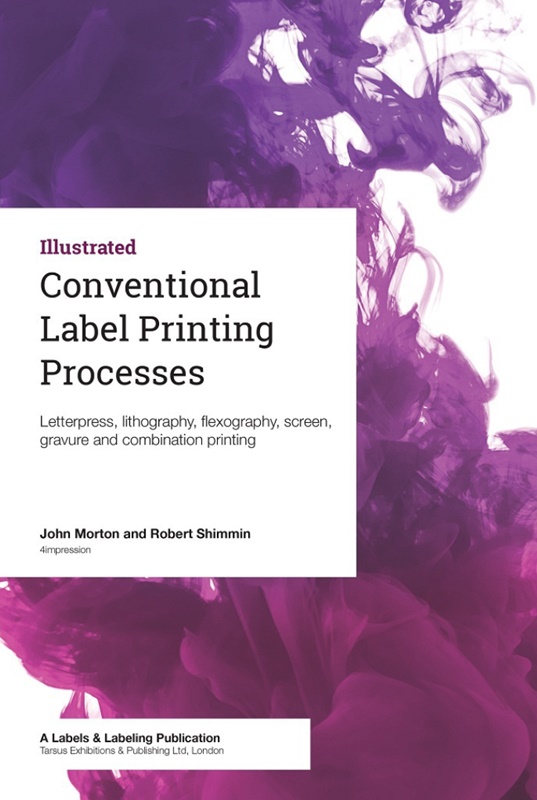P3 3-4/2022 en
Label Academy
Conventional Label Printing Processes
Books

“Conventional Label Printing Processes” takes an in-depth look at each conventional printing process.
Although the popularity of digital printing continues to rise, conventional printing processes remain the bedrock of label production globally. Label converting involves the combination of different print processes, making an understanding of flexography, offset lithography, screen and letterpress essential.
An illustrated book, Conventional Label Printing Processes takes an in-depth look at each conventional printing process, examining its individual characteristics and how they specifically benefit particular applications. It also explores the principles and mechanics behind each process, highlighting the importance of their roles now and how they will evolve in the future. This is an essential read, for end users as well as converters of self-adhesive labels.
“Conventional Label Printing Processes” takes an in-depth look at each conventional printing process.
Chapters include:
- The changing landscape of label printing
- The letterpress printing process
- The flexographic printing process
- The screen printing process
- The gravure printing process
- The combination press
Book excerpt
“Flexographic printing was for many years considered an inferior printing process and serviced the lower end of the label market. Labels requiring higher quality were generally printed using the offset litho or letterpress processes. In the last three decades considerable progress has been made in the manufacture of highly engineered flexo presses and developments in printing plates, anilox rollers and printing inks now makes flexo the leading process for the manufacture of self-adhesive labels.”
The book is available on Amazon.com and its local sites in the United Kingdom, Germany, France, Italy and Spain. Simply pick the store nearest to you. Shipping is free depending on location and “Conventional Label Printing Processes” qualifies for full Amazon Prime benefits.
The book is also available as part of the Label Academy, the new online subscription service from Labels & Labeling.






